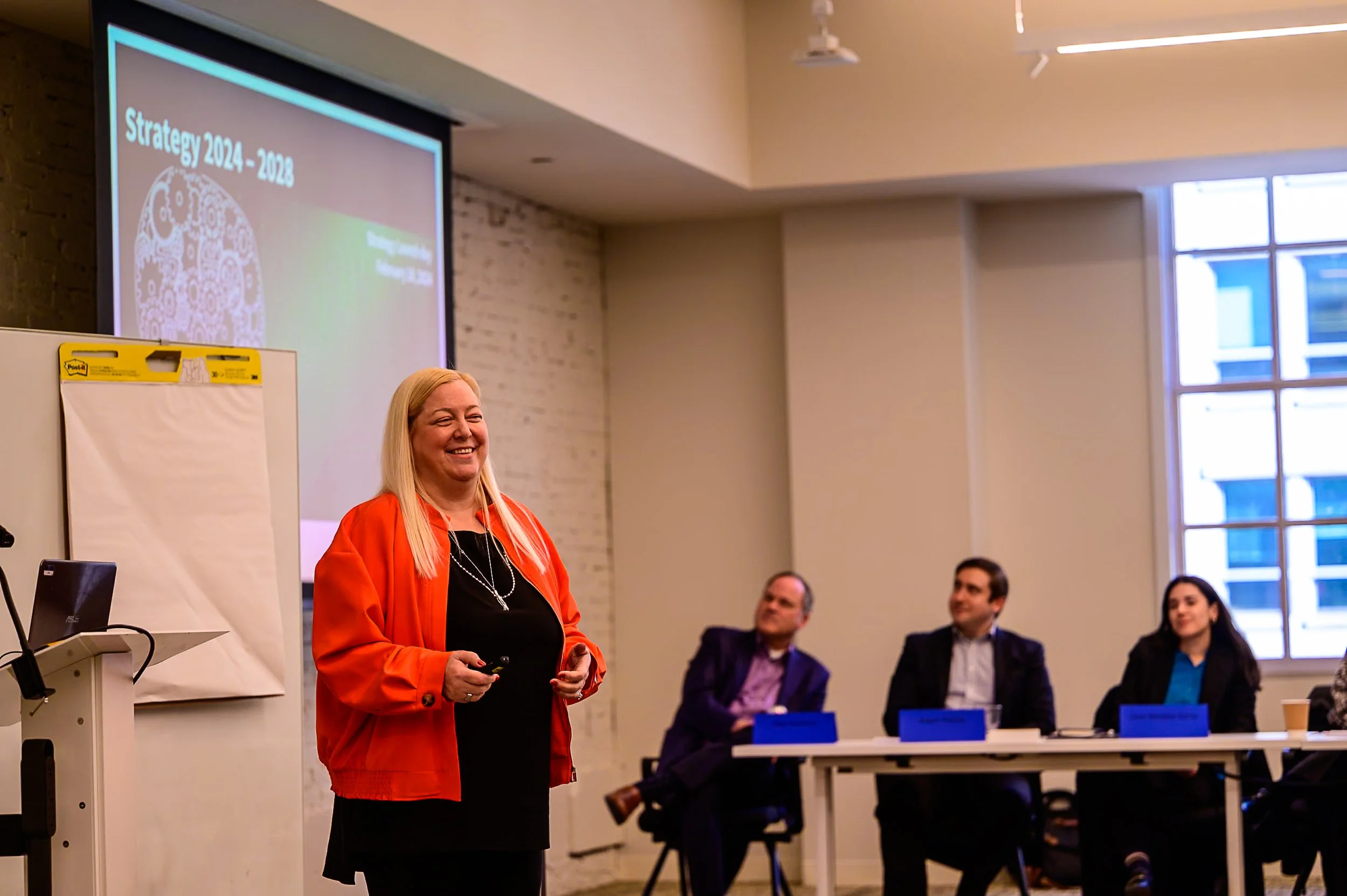Arc Aspicio Sponsors Second SDF Search Dog Team
Arc Aspicio Sponsors Second SDF Search Dog Team
Arlington, VA, May 7, 2012 – Arc Aspicio announced plans to sponsor a second search dog team through the National Disaster Search Dog Foundation (SDF). This plan continues the company’s partnership with SDF, a non-profit organization that partners rescued dogs with firefighters and other first responders and trains them to find survivors buried alive in disaster sites. SDF teams have responded to disasters including the 9/11 terrorist attacks, Hurricane Katrina, and the devastating tsunami and earthquakes in Japan.
The company was excited to learn that its new search dog team would include firefighter Jeff Leon of the Tulsa Fire Department and canine Justice. Justice is a beautiful Golden/Labrador Retriever mix who was rescued from an animal shelter in California. She began her training with SDF on September 11, 2010. In June 2011, Justice met her trainer Jeff and it was clear that the two shared similar personality traits and made an excellent team. The pair is currently working on their Certification that will enable them to deploy anywhere in the state of Oklahoma and the surrounding region with Oklahoma Task Force 1.
SDF is a relatively small organization that has a large, national impact. In 2011 alone, SDF and their teams responded to nine natural disasters. Arc Aspicio is also a small organization that provides critical solutions to homeland security issues on a national scale. SDF and Arc Aspicio have similar values and share a passion for the mission of emergency management.
“The common mission between our organizations is the primary reason our partnership is so meaningful and successful. Our shared dedication to service allows us to take this next step in our partnership with the SDF. We look forward to hearing about the latest adventures and contributions of both of our search dog teams.”
—Emily Tiedeman, Arc Aspicio Community Involvement Lead
Arc Aspicio is committed to raising awareness for the SDF organization.
In 2011, Arc Aspicio sponsored its first search dog team, John Stewart and canine Lani.





















